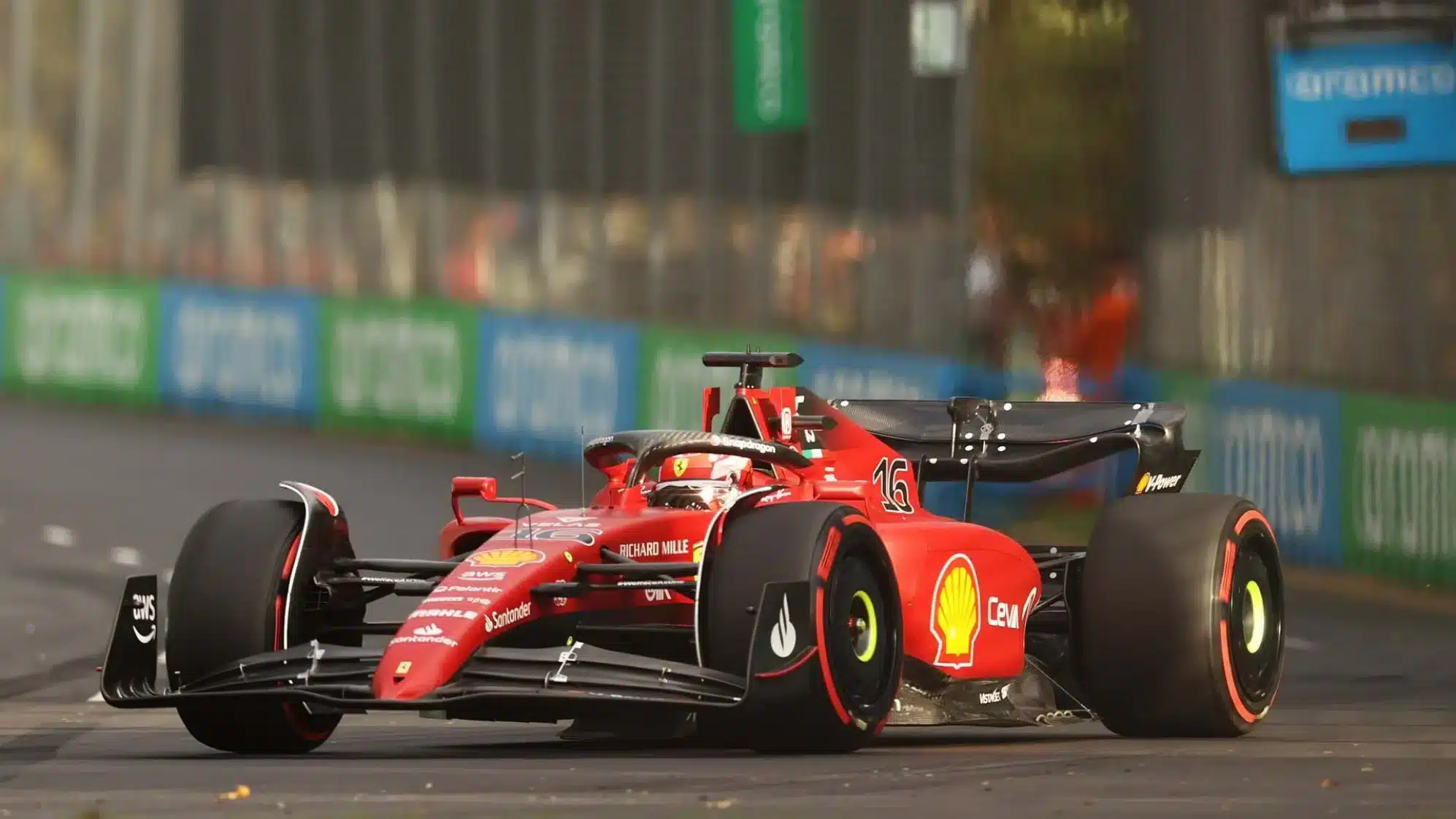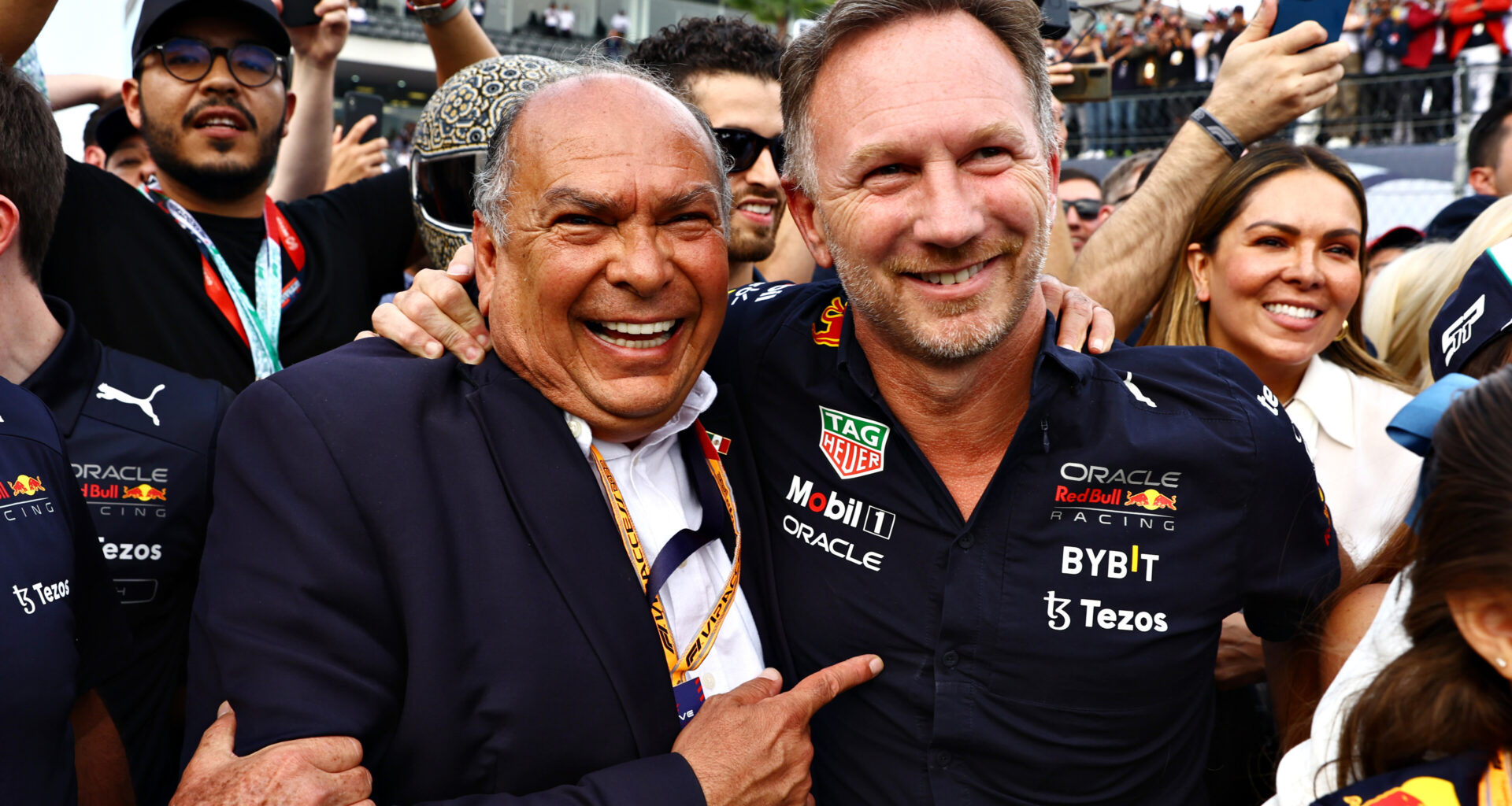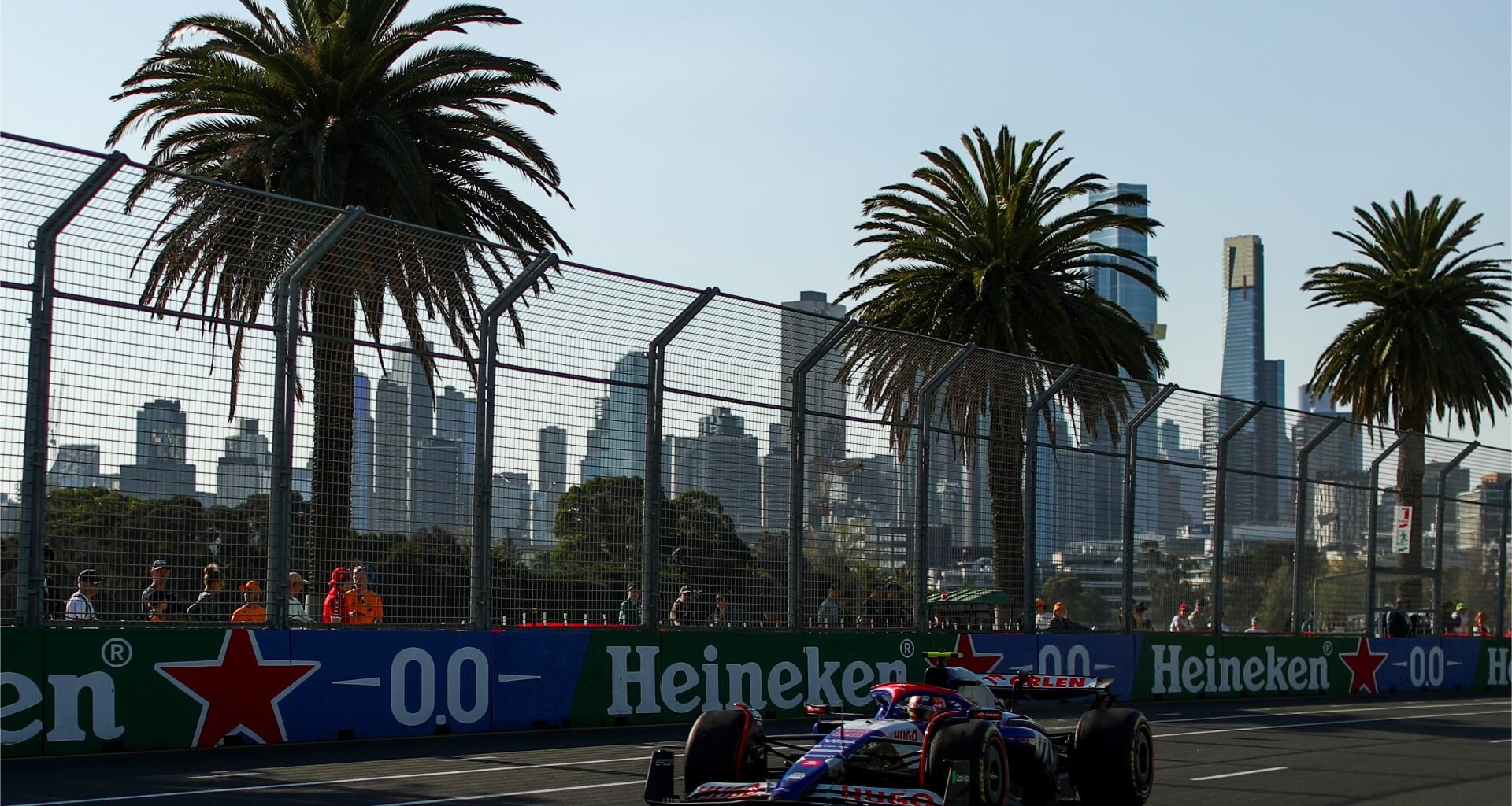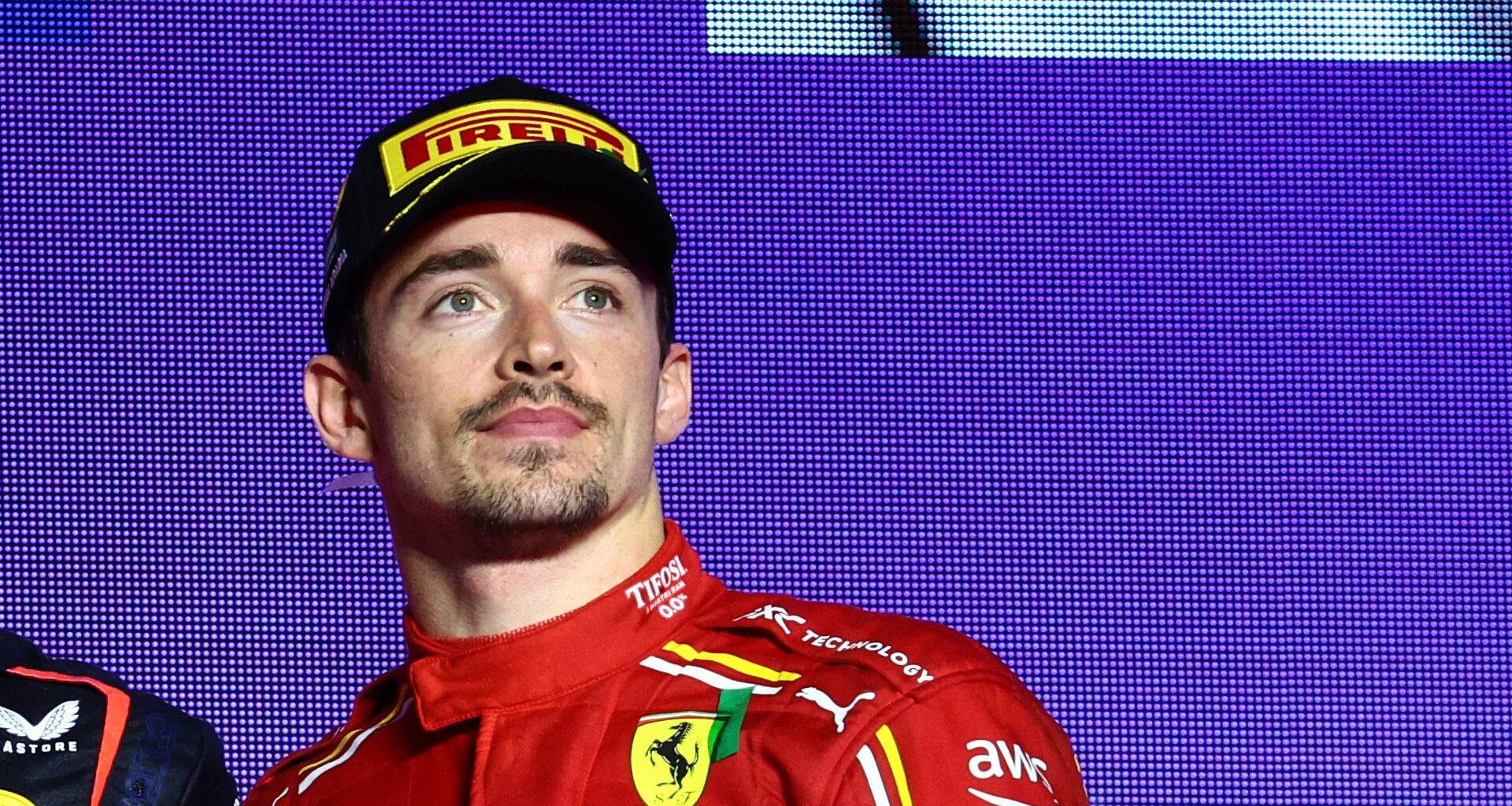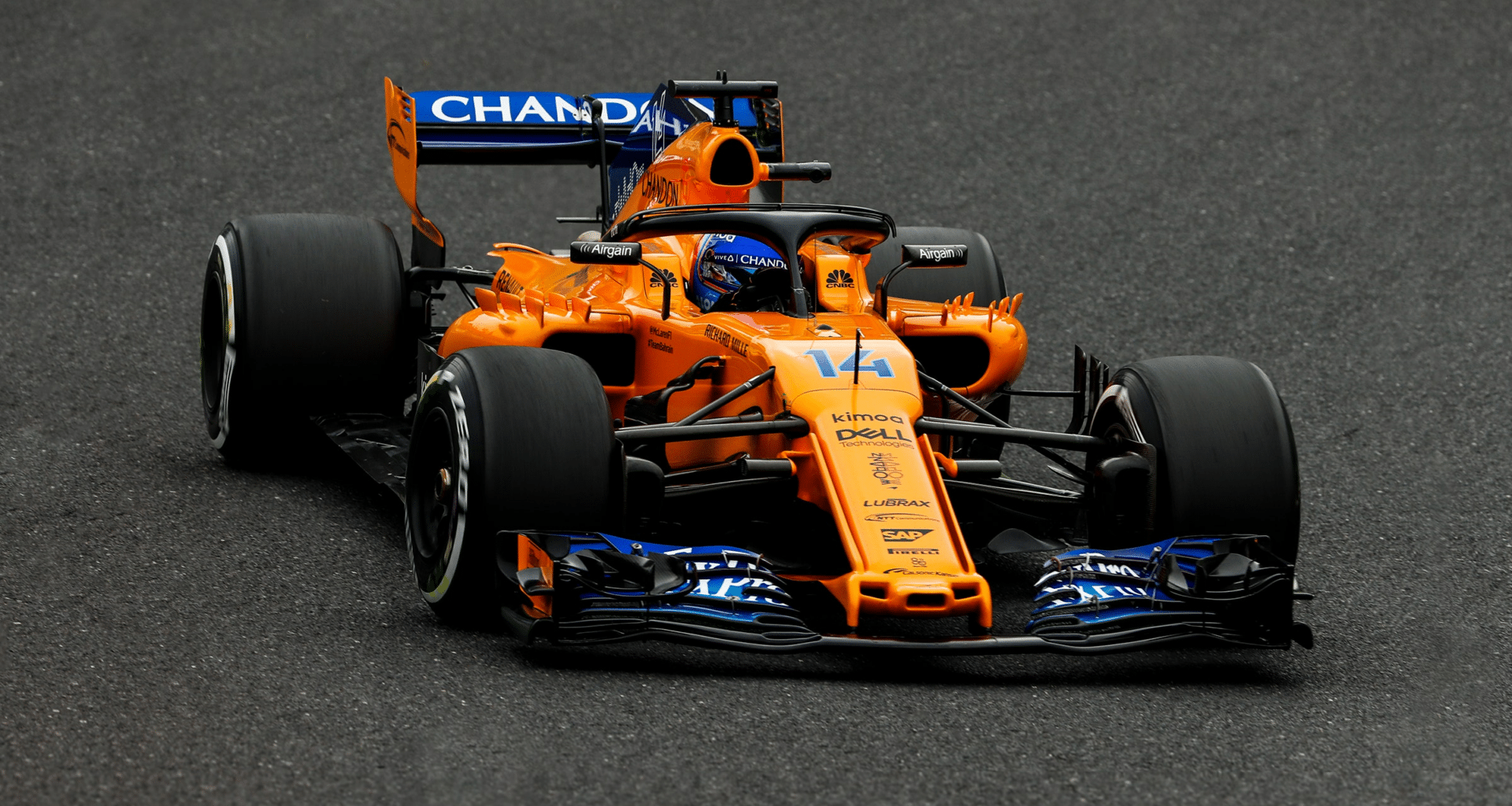The ability of a car to maneuver in the air has a significant impact on its speed and performance in Formula 1.
So, it is crucial to design a car with the best aerodynamics possible if you want to set competitive lap times.
Aerodynamics has a significant impact on the car’s overall stability, cornering capability, and f1 tire wear in addition to straight-line speed.
By striking the correct balance between aerodynamic efficiency and the other performance elements that contribute to a Formula 1 car’s success, the ultimate objective is to maximize total performance.
Table of Contents
- 1 Aerodynamic Components of a Formula 1 Car
- 2 The Impact of Aerodynamic Regulations on Formula 1 Designs
- 3 The Science Behind Aerodynamics: Computational Fluid Dynamics
- 4 Active Aerodynamics in Formula 1: DRS and F-ducts
- 5 The Balance Between Aerodynamics and Other Performance Factors
- 6 The Future of Aerodynamics in Formula 1 Racing
Aerodynamic Components of a Formula 1 Car
Here’s a brief overview of the various aerodynamic components that make up a Formula 1 car:
Front Wing
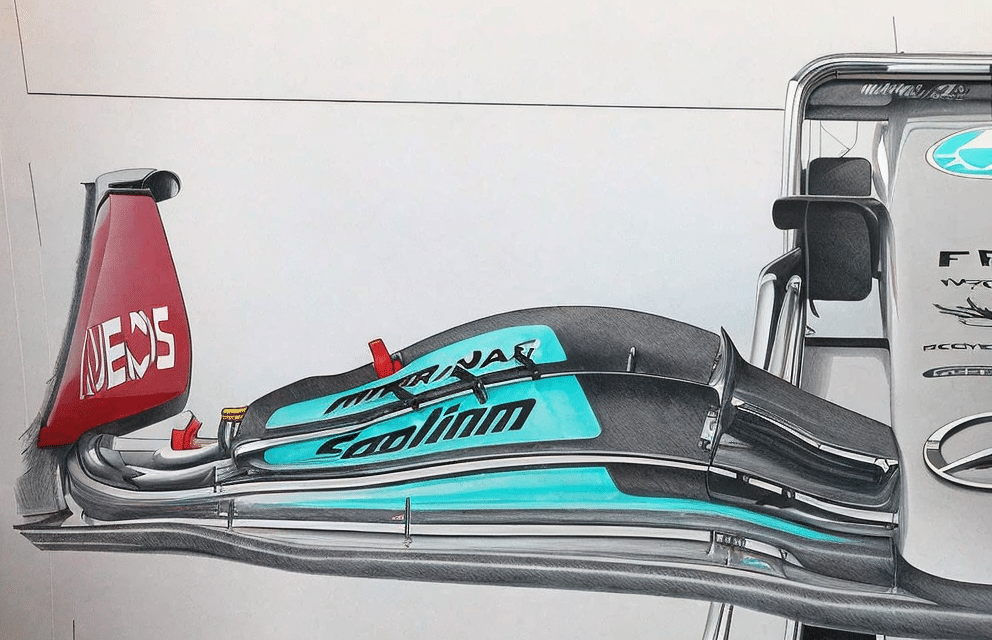
One of an F1 car’s most crucial components is the front wing.
In order to reduce wake (slow-moving air) and improve performance, it plays a significant role in generating downforce and directing airflow around the automobile, particularly around the front tires.
The car can travel at higher speeds and with improved cornering ability thanks to the vortices that the tips of the wing pieces create.
Rear Wing
Along with the front wing, the rear wing balances the aerodynamics of the car by producing downforce.
For optimum performance, these parts produce the most downforce possible in conjunction with the diffuser.
The Drag Reduction System (DRS), which is also housed in the rear wing, can increase peak speed and reduce drag when engaged, providing drivers a better chance to pass slower vehicles.
Sidepods
To pack the car as tightly as possible and house radiators and manifolds to reduce drag, sidepods are necessary.
Their layout and arrangement also aid in cooling the power unit, preventing overheating of the car’s engine and other parts.
The front wing and sidepods work together to direct airflow to the diffuser, which produces the majority of the car’s downforce.
Diffuser
The majority of the downforce produced by the vehicle’s underside is produced by the diffuser, which is located near the back of the car.
In order to produce low-pressure regions that produce downforce, it operates by accelerating the airflow beneath the vehicle.
Effective airflow is guaranteed by a well-designed diffuser, which also considerably boosts the vehicle’s performance as a whole.
Suspension
The suspension controls how the car responds to the road and the driver’s inputs as the link between the car and its wheels.
It’s essential for keeping an automobile balanced, assuring stability, and ensuring peak performance.
Typically, a Formula 1 car contains six structural components per wheel, which help stabilize the car and absorb road shocks, creating the ideal environment for aerodynamics to function well.
Floor
In order to maximize downforce, teams are now concentrating on the underside of the car as a result of the 2022 Formula 1 regulations.
The revised requirements now permit more variance in the underfloor geometry, giving designers more freedom to vary the floor’s general shape and transition from the reference plane.
In order to regulate the flow through the ‘tunnel’ that has been built, the Red Bull RB18 has been used as an example, with curvature evident across all surfaces and a sculpted finish to the transition region and stepped boat tail portion.
Teams have also concentrated on the floor’s edge, investing large resources in development throughout 2022, despite the laws partially limiting the designers’ abilities in this area.
To enhance performance both directly and indirectly, the teams have used cut-outs and floor geometry.
The stepped boat tail solution and the “ice skate” solution, which sets a physical limit for the area of the floor as ride height decreases while also providing aerodynamic support for the rival flow structures funneling into that area, have been adopted by other teams. Red Bull has been particularly innovative in its design approach.

The Impact of Aerodynamic Regulations on Formula 1 Designs
The rules controlling aerodynamics in Formula 1 have seen various revisions over the years.
The objective is to maintain the sport’s level of competition and encourage closer racing, which will enhance the overall spectacle for spectators.
Teams are forced to modify and remodel their vehicles as regulations change in order to maximize performance while adhering to the new guidelines.
Aerodynamic methods and components have become more sophisticated as a result of this ongoing cycle of invention and adaptation.
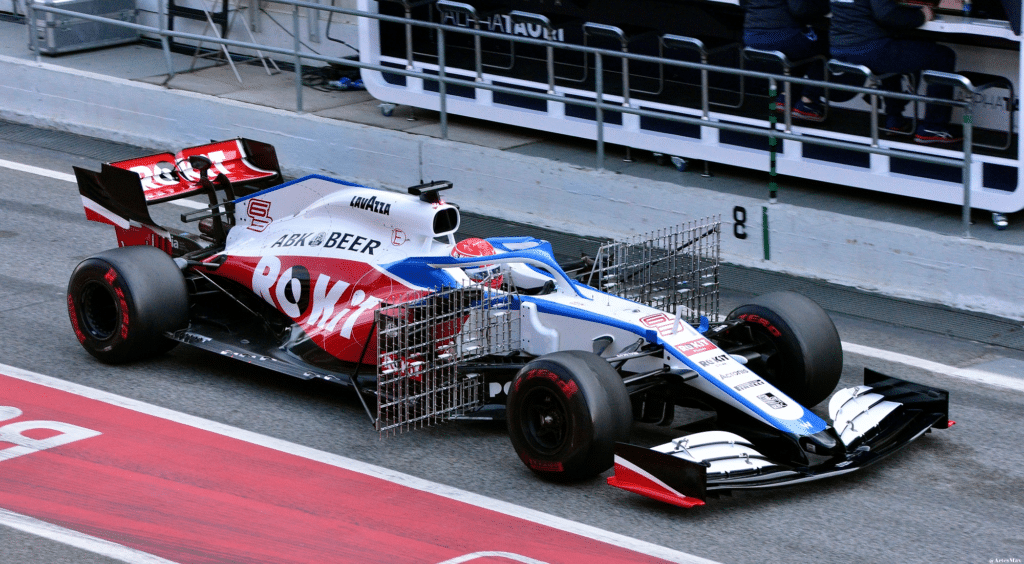
The Science Behind Aerodynamics: Computational Fluid Dynamics
Formula 1 teams frequently employ computational fluid dynamics (CFD) to analyze how the wind surrounding the car behaves during the design and development process.
A careful balance must be struck between theory, experimentation, and practice when creating an F1 car.
Teams can use CFD simulations to better understand how the car’s aerodynamics will change as a result of different design changes, which will increase performance all around.
Teams may achieve the ideal combination of speed and stability by applying CFD analysis to the design and fine-tuning the aerodynamics of the car.
Active Aerodynamics in Formula 1: DRS and F-ducts
In Formula 1, active aerodynamics is a relatively new idea.
The Drag Reduction System (DRS), which adds a movable rear wing to facilitate overtaking, is a notable example of active aerodynamics.
The DRS technology gives the car an edge in catching up to a competitor’s vehicle by cutting drag.
The F-duct is a system that modifies airflow through an adjustable duct to lessen drag on the front wing, further improving the car’s aerodynamic efficiency, and is another famous example of active aerodynamics.
The Balance Between Aerodynamics and Other Performance Factors
While aerodynamics plays a massive role in Formula 1 performance, it is not the only aspect impacting a car’s success.
Factors such as engine power, tire grip, weight distribution, and driver skill are all essential in achieving the perfect balance for race-winning performances.
Moreover, the challenges of the various circuits on the Formula 1 calendar demand different aerodynamic setups, meaning that achieving the perfect balance is a continuous struggle throughout the season.
The Future of Aerodynamics in Formula 1 Racing
The future of aerodynamics in Formula 1 is full of possibilities.
As technologies advance and new innovations are introduced, the sport will continue to push the boundaries of performance.
Recent developments include introducing ground-effect aerodynamics, a concept that has been utilized in the past and could made a return in the 2022 regulation, to further enhance downforce generation.
Additionally, we could see the implementation of shape-shifting aerodynamic parts, which adapt on-the-fly to changing track conditions and demands.
